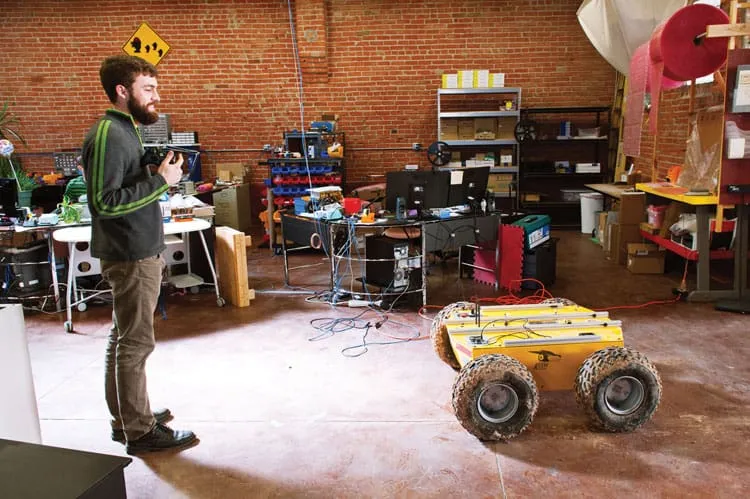Robot helping simulate Mars mapping

LOVELAND – A robot developed by Loveland’s innovative RoadNarrows Robotics LLC has completed its mission to map the Mars-like high desert of Utah, aiding scientists’ objective to someday use similar technology to plot terrain features of faraway planets.
RoadNarrows sent its Kuon robotic vehicle to rove the rugged terrain of the Mars Desert Research Center near Hanksville, Utah, west of Canyonlands National Park. The research center is maintained by the Lakewood-based Mars Society, a nonprofit exploration advocacy organization that conducts two-week mock missions to the red planet between December and May.
The 3-foot-long Kuon can haul as much as 400 pounds and…
THIS ARTICLE IS FOR SUBSCRIBERS ONLY
Continue reading for less than $3 per week!
Get a month of award-winning local business news, trends and insights
Access award-winning content today!
